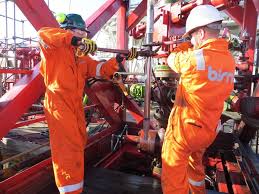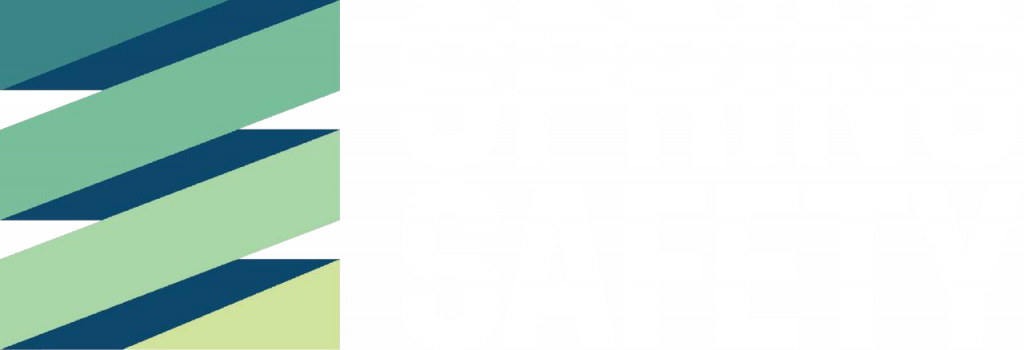Background
The client, a junior miner, an exploration company in Perth, with significant discoveries in rare earths, engaged Spring Safety Consultants in 2023.
Spring Safety Consultants team supported the company with HSEQ technical writing support, producing policies, manuals, management plans, corporate procedures, safe operating instructions, forms, induction presentations and toolbox talks.
As the site personnel numbers increased, so too did Spring Safety’s scope. Spring Safety’s Managing Director, Sophia Rossow, was invited to the Pilbara Region in Western Australia to conduct a project risk assessment.
A risk assessment involves considering the probability of an unplanned event occurring, as well as the likely consequences. Some hazards pose such an elevated level of risk that control measures are actually prescribed by the new WHS Act and WHS Mines Regulations.
With the recent enactment of new legislation and the implementation of a new Code of Practice concerning Mine Safety Management Systems, mine operators are now mandated to incorporate arrangements for risk management. This entails maintaining an ongoing process for selecting and utilising appropriate hazard identification and risk assessment methods, while also establishing acceptable risk levels. This legal requirement poses a challenge to our reliance on conventional, generalised risk assessment tools commonly employed in the mining industry
The problem
High fatality rates, remain! Even though, in the 12 years to 2015, the fatality rate in the mining industry decreased by 65% from 12.4 worker fatalities per 100 000 workers in 2003, to 4.4 in 2015. The mining industry still has the third highest fatality rate of any industry with an average of 9 workers dying each year.
Key problem areas include:
- Body stressing represented 39% of workers’ compensation claims. Many of these were due to muscular stress handling objects, carrying or putting down objects.
- Falls, trips and slips accounted for 25% of claims with the majority of these arising from falls on the same level.
- Being hit by moving objects accounted for 18% of claims. Over one-quarter of these were due to being hit by mobile plant and transport.
One might assume that being forewarned equates to being forearmed. Yet, persistent poor attitudes and resistance to change and continuous improvement, pose daily obstacles to enhancing safety in the mining sector.
The solution
Spring Safety Consultants introduced Wolters Kluwer software BowTieXP to the client, which has proven success in many industries such as oil and gas, aviation, chemical processing and healthcare.
Mining companies employ BowtieXP to assess risks associated with mining operations, including aviation, excavation, transportation, mobile plant, processing, and storage of minerals, to enhance worker safety and operational efficiency.
The benefits include:
- Comprehensive risk analysis
- Visual representation
- Risk communication
- Decision support
- Regulatory compliance
- Continuous improvement
BowtieXP supports a culture of continuous improvement by enabling clients to monitor and review their risk management practices over time. By regularly updating bowtie diagrams with current information and lessons learned, clients can adapt and improve their risk management strategies.
Clients use BowTieXP to:
- Easily build bowtie diagrams
- Customise terminology to company requirements
- Incorporate into HSEQ management systems
- Communicate to all levels of the organisation
- Assess physical and psychosocial risks
- Verification, monitor and audit
- Management review
The implementation
The implementation of our new risk assessment tool has led to a significant shift in our approach. We are no longer confined to the conventional methods and limited scope of physical hazards. Instead, we are delving deeper into our analysis, broadening our perspective to include psychosocial hazards. This means scrutinising aspects like organisational structure, social dynamics, and the overall work environment. Such comprehensive analysis is crucial for ensuring the success of mining operations in Western Australia.
In Conclusion
In summary, the collaboration between the client and Spring Safety Consultants highlights how our partnership enhances the client’s risk management capabilities. Together, we cultivate a culture that challenges traditional norms and attitudes while prioritising ongoing improvement and the elimination of fatalities.
Spring Safety Consultants’ expertise, led by Director Sophia Rossow and supported by a team of experienced professionals: Sonia Ceglinski Senior Training Specialist; Kelsey Baker – HSEQ Consulting Manager, Vimela Noyan – HSEQ Consultant; Dorit Ozchakir – Graduate HSEQ Consultant; Cate Latimer HSEQT Administrator; Asha Lague HSEQT Administrator, and Hayley Light HSEQ Technical Writer, ensured the client received comprehensive support aligned with legislative requirements and best practices.
References
SafeWork Australia. (2024). Safety by Topic, Mining.
Work Health and Safety Commission and Mining Industry Advisory Committee. (2022). Code of Practice Mine Safety Management System.
Wood, W. & Quinn, J. M. (2003). Forewarned and Forearmed? Two Meta-Analytic Syntheses of Forewarnings of Influence Appeals. Psychological Bulletin, 129 (1), 119-138.




